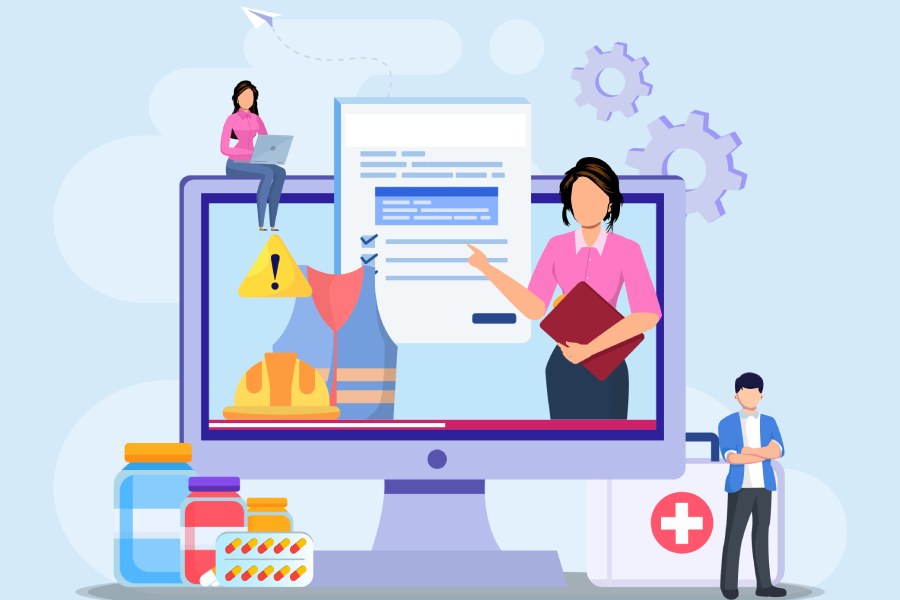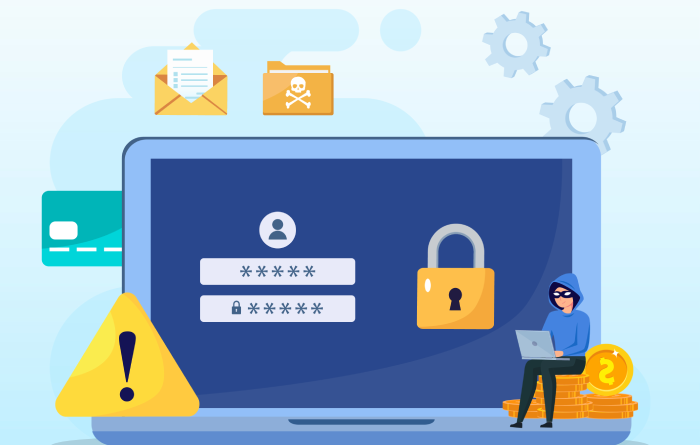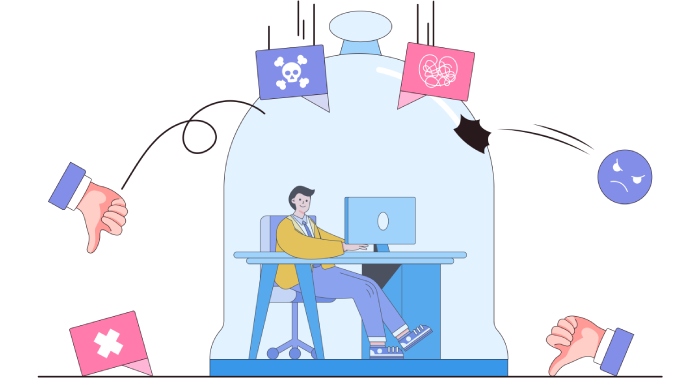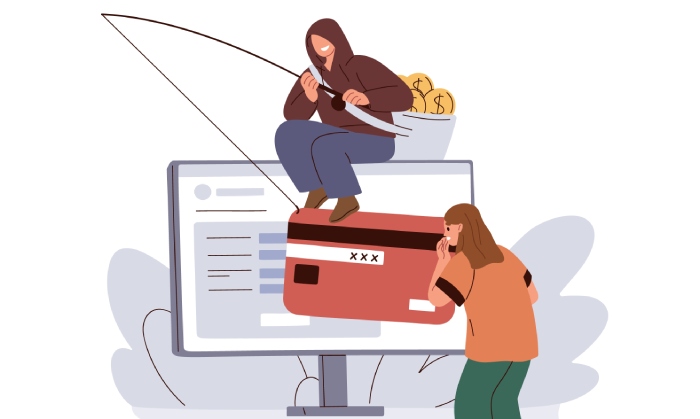In our hyper-connected world, the rapid spread of information has become a double-edged sword. While it has democratized knowledge, it has also created a fertile ground for malicious actors.
According to Statista, over 989,000 unique phishing attacks were detected worldwide in the fourth quarter of 2024. Moreover, the surge in phishing sites has been especially dramatic over recent years. For instance, between the second and third quarters of 2020, the number of unique phishing sites jumped from nearly 147,000 to 572,000.
A particularly dangerous and growing subset of these digital threats is medical misinformation, which is increasingly weaponized in sophisticated email scams. These deceptive emails exploit human vulnerability to manipulate individuals into sharing personal information, financial data, or making unsafe medical decisions.
This article discusses how medical misinformation fuels email scams, the dangers it creates, and strategies to recognize and protect against these tactics.
The Rise of Health-Related Email Scams
Health-related email scams have surged alongside global health crises and growing online reliance. Common schemes include fake vaccine alerts, promotion of miracle cures, and offers of counterfeit or unapproved medications.
Scammers exploit fear and urgency during health emergencies, pressuring recipients to act quickly. These emails often mimic trusted health authorities or medical institutions, creating an illusion of credibility to manipulate trust.
This growing threat has also prompted official warnings. According to Newsweek, the FBI issued a notice recently, highlighting a rising trend of fraudulent emails and texts in which criminals impersonate health insurers.
Targeting patients and healthcare providers, these scams aim to extract sensitive personal and financial information under claims of overpayments or disputed services. Thousands of Americans, particularly older adults, fall victim to medical identity theft each year.
By prompting recipients to disclose personal data or purchase fraudulent products, these scams put both privacy and health at risk.
The Role of Fear and Misinformation
Fear is a powerful weapon used by scammers in health-related phishing. They use urgent, fear-based language like “Act now to protect yourself” to trigger panic and push victims into making hasty decisions. As Verywell Mind points out, scammers exploit our natural cognitive biases.
For example, confirmation bias makes us more likely to believe information that confirms our existing fears. Optimism bias, on the other hand, causes us to underestimate our risk of being scammed. Authority bias is also a key factor, as scammers often impersonate government agencies or health organizations to gain our trust.
These mental shortcuts, or heuristics, that we use to make quick decisions, can lead us to overlook clear warning signs. This blend of intentional scare tactics and our psychological tendencies makes us particularly vulnerable to scams that hinge on misinformation.
When Misinformation Distorts Health Risks
Medical misinformation can be dangerously misleading, even when it stems from a legitimate concern. Take the case of the contraceptive Depo-Provera. TorHoerman Law notes that while widely used, the contraceptive has been associated with a potential increased risk of brain and spinal cord tumors. The Depo-Provera Lawsuit alleges that Pfizer failed to warn users about these health risks.
When this information is misrepresented, whether overstated or downplayed, it can have harmful consequences. Patients might avoid necessary and effective contraception out of fear, or conversely, they might neglect warning signs, believing the drug is entirely safe. Scammers exploit this confusion, blurring the line between fact and fiction to sell fraudulent “cures.”
For those who have been genuinely harmed, the appropriate course of action is to file a claim for Depo-Provera side effects. This case underscores how both real health risks and online scams can threaten well-being.
The Connection Between Online Scams and Health Decisions
Online scams and health decisions are dangerously intertwined. Phishing emails, often directing victims to sites selling counterfeit or ineffective medications, risk physical harm and erode trust in the entire healthcare system. This problem is exacerbated by the rapid spread of misinformation, which delays people from seeking professional medical advice.
As The Lancet notes, disinformation is now a deliberate tool used to discredit health professionals, with destructive effects on public health. This threat is worsened by decisions from technology companies like Meta, which recently ended its fact-checking program.
While fact-checking isn’t a perfect solution, its removal opens the floodgates for harmful content, as misinformation often spreads faster than facts. This trend suggests the fight for facts is slipping away, with federal agencies “outmatched by instantaneous information and disinformation.”
Protecting Against Medical Misinformation
Protecting yourself from medical misinformation and scams requires constant vigilance and digital literacy. Always critically evaluate health claims, particularly those found in unsolicited emails.
According to KFF, health misinformation reaches a wide audience. In a survey, at least four in ten people report exposure to ten specific false claims about COVID-19, reproductive health, and gun violence. While only a small portion of the population believes these claims are “definitely true,” roughly half to three-quarters are uncertain.
To stay safe, first verify the source. Trustworthy health advice comes from established organizations like the WHO or the CDC, not from suspicious emails. Learn to spot phishing signs, unsolicited messages, spelling errors, or urgent requests for personal information, and always double-check claims on reliable platforms. Phishing protection helps block medical misinformation scams before they can endanger lives.
Promoting public awareness and digital literacy helps ensure health decisions are guided by facts, not fiction.
FAQs
Which is the best way to identify a phishing email?
The best way to identify a phishing email is to look for red flags. These include unsolicited messages, suspicious sender addresses, urgent or threatening language, spelling errors, and unexpected links or attachments. Always verify the source through official channels before clicking links or sharing personal information.
What happens when I get a phishing email and delete it?
If you receive a phishing email and simply delete it without interacting, your device and personal information remain safe. Deleting the email prevents potential exposure to malicious links or attachments. Always avoid clicking links, downloading files, or replying before deleting to ensure security.
What if I accidentally opened a phishing email?
If you accidentally open a phishing email but don’t click links or download attachments, your device is usually safe. Immediately delete the email, run a security scan, and monitor accounts for suspicious activity. Change passwords if any sensitive information might have been exposed.
Medical misinformation and phishing scams pose serious risks to health and personal security. Staying vigilant, verifying sources, and practicing digital literacy are essential defenses. By combining awareness with careful action, individuals can protect their well-being and make informed health decisions in today’s connected world.






